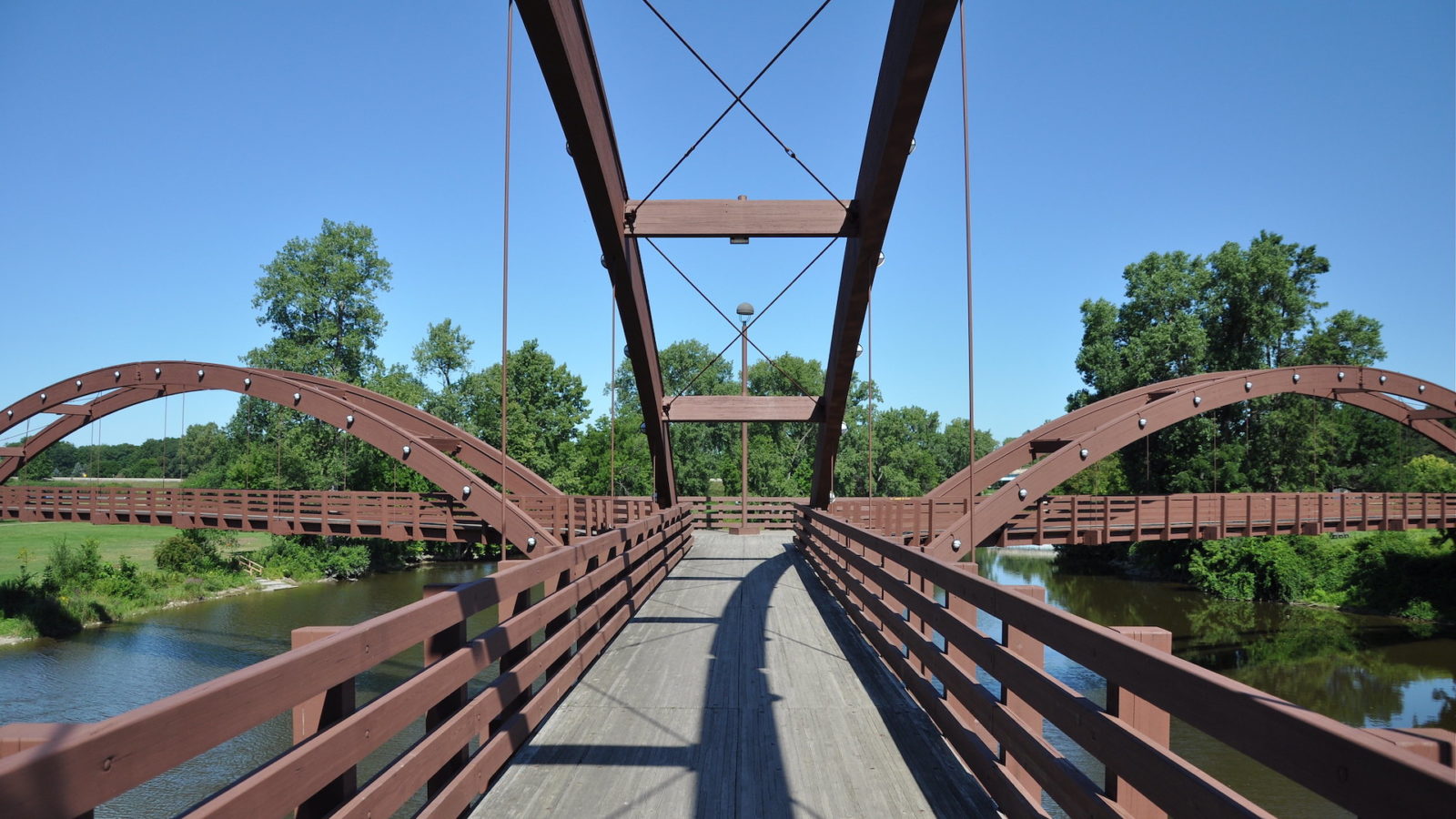In the afternoon on May 19th, 2020, the Edenville Dam burst, overwhelmed from excessive rainfall. Destruction ravaged local communities — houses were flooded, businesses destroyed, and communities were forced to rebuild in the midst of a global pandemic. The Edenville Dam is located 20 miles away from Midland, Michigan, a city with a population of about 40,000. Midland is also home to the headquarters of Dow Chemical Company, one of the largest chemical producers in the world.
In the months following the dam burst, state representatives and environmental organizations have been evaluating the impact it has had on communities, and the risks of pollution exposure to nearby areas given the proximity to the Dow Chemical headquarters. There are questions regarding who is to blame for the failure of the dam, and whether state officials were diligent enough in ensuring that the dam was stable and meeting regulatory standards.
Background on the Edenville Dam
Built in 1924 by Frank Isaac Wixon along the Tittabawasee River, the Edenville Dam has always carried controversy and concerns about its safety and stability. Several other hydroelectric facilities are also present on the same river, and generate energy used across the state, all of which are owned by Boyce Hydro Power, a corporation based in Edenville, Michigan.
In 2018, the Federal Energy Regulatory Commission (FERC) revoked Boyce Hydro’s license, citing a “longstanding failure on Boyce’s part” to increase spillway capacity and comply with regulatory and license requirements issued in 2017. Because of these concerns, in early 2018 the Michigan Department of Environment, Great Lakes, and Energy (EGLE) took oversight of the dam. After a thorough review of the conditions and quality of the dam, EGLE determined that it was structurally sound, finding it in “fair structural condition.”
Months later, controversy again arose when the state sued the owner of the dam for altered lake levels. The Edenville Dam sits right beside Wixom Lake, giving it the ability to influence and alter water levels. Michigan’s Attorney General Dana Nessel claimed that Boyce Hydro “dramatically lowered the level of Wixom Lakes during extended drawdown periods in 2018 and 2019,” without authorization of any form. This ultimately led to the deaths of thousands, “if not millions” of endangered freshwater mussels living in the lake’s basin.
In 2019, Dow Chemical settled a $77 million lawsuit with the State of Michigan and the Saginaw Chippewa Indian Tribe over dioxin pollution of local rivers and waterways, including the Tittawabassee river. The World Health Organization reports that dioxin exposure can cause reproductive and developmental problems, damage the immune system, and even cause cancer. While the poisoned portion of the river was downstream from the Edenville dam, it demonstrates a history of pollution of these waters due to lack of regulations and monitoring of massive corporations.
The Dam Burst and the Aftermath
Late in the day on May 19th, 2020, a massive inflow of rainwater led to the collapse of the eastern side of the dam. Twenty two billion gallons of water were thrust out of the lake, devastating communities downriver. This influx caused the immediate evacuation of the cities of Edenville and Midland, with a combined population of nearly 44,000, and the destruction from the floodwaters caused more than $200 million in property damage in surrounding areas. In the days following, entire communities were destroyed, businesses were forced to close, and local environmental conditions were disastrous, all amid the coronavirus pandemic.
One of the biggest concerns with the Edenville Dam burst was the impact it would have involving Dow Chemical Company. There are fears that the flooding could send toxic chemicals washing downstream, unraveling years of environmental cleanup in a single day.
“It’s a disaster — a public health risk, possibly a wildlife risk, and it’s gonna cost a lot of money,” said Allen Burton, director of the Institute for Global Change Biology at the University of Michigan, and editor-in-chief of the academic journal Environmental Toxicology & Chemistry to BridgeMI.
Even if Dow Chemical did not impact or pollute the floodwater in any way, it’s clear that this will have an impact on the soil quality and habitat of freshwater creatures within the area. The issues with dioxin pollution of waterways will potentially be exacerbated, though it is unclear currently how these flood waters will impact the Saginaw River basin. Governor Gretchen Whitmer named a team of six people to investigate the impact of the dam burst on the ecology of the surrounding area, with approval from the FERC and EGLE. A report is due by December 2021.
Looking towards the future —How will this impact the clean energy sector?
Although Burton said it was unlikely that the dam burst would have an impact on the hydroelectricity production, there is the possibility that this event will negatively impact public opinion when it comes to renewable energy production. After the Edenville Dam burst, the New York Times investigated the security of dams in the state, and reported that 151 dams throughout Michigan are classified with a hazard potential of “significant” based on their potential for economic and environmental damage, and 170 with “high” hazard potential meaning that a rupture would threaten human life. Given that the Edenville Dam had previously been noted for a number of safety violations, there are concerns that other clean energy sources are being overlooked in the same way. To push past this criticism, it is essential that state officials keep energy sources up to state requirements, and ensure what is best for the safety of their community.
To prevent these tragedies from occurring in the future, it is important that state agencies continue regulation and monitoring of operations within the energy sector. The Edenville Dam burst is an unfortunate example of the failure that occurred with oversight and poor enforcement, and must serve as a reminder for officials to keep infrastructure up to code.
The environmental impacts on the cities of Edenville and Midland also highlight the need for stronger environmental policies, and ultimately greater efforts to combat climate change and the disruption of natural resources. Part of the Edenville flood came from intense rainfalls, which have only increased in frequency in recent years because of changing weather patterns resulting from the climate crisis. As Dr. Burton described the fluctuating weather patterns, “it’s always been happening, but now it’s happening more.” This can be remedied by cohesive climate action, particularly by the state and federal government, and the initiatives of Governor Gretchen Whitmer relating to environmental protection, including the newly-established Michigan Advisory Council for Environmental Justice.
If progress is not made to fight climate change and push for a sustainable, carbon-free future, it will only be more likely that situations mirroring the Edenville Dam failure occur often in our future.









